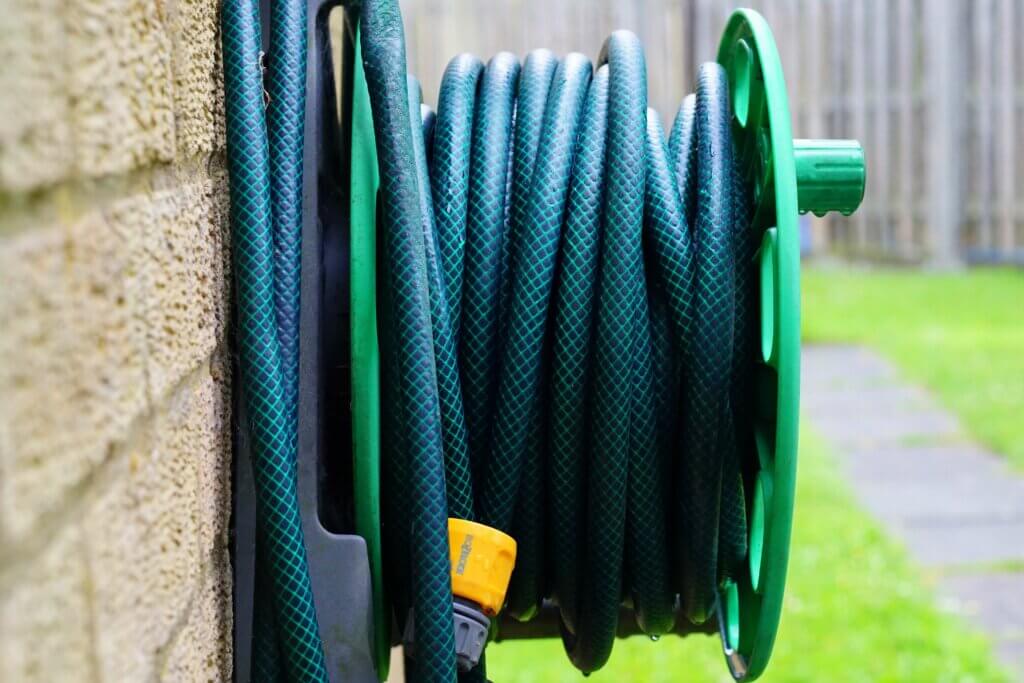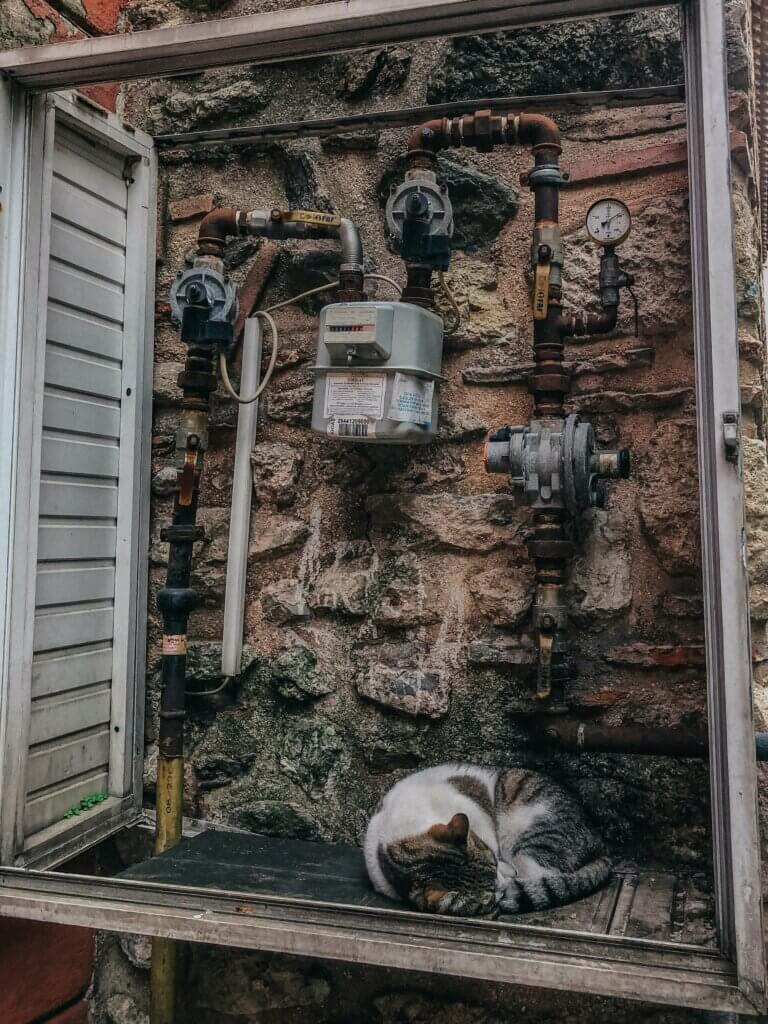According to the Insurance Information Institute, water damage is one of the most common causes of homeowners insurance claims. In 2019, over 28% of losses came from water damage, just behind wind and hail as the leading cause of property damage. In 2020, the numbers were slightly lower, with water damage accounting for 20% of claims.
With these numbers in mind, let’s cover how to protect your home from water damage. Because even if your insurance policy covers 100% of the damage, no one wants to deal with the hassle and stress of filing a claim, repairing their home, and potentially losing precious belongings.
(If you need clarification on what your homeowner’s insurance covers or have questions about your policy, Alliance Insurance of the Rockies would be happy to help.)
Does Homeowners’ Insurance Cover Water Damage?
Homeowners insurance can be a valuable asset for protecting your home from unpredictable damage, but does it cover water damage? Well, it depends.
Most standard homeowners insurance policies cover sudden and unexpected water damage caused by burst pipes or an accidentally overflowing bathtub. However, coverage may not be provided if the damage is due to neglect or lack of proper maintenance.
Sewer and drain back-ups may be covered under your basic policy, or you may need to purchase an additional sewer line endorsement through your provider.
Additionally, a standard homeowners insurance policy typically does not cover flood damage caused by natural disasters such as hurricanes or heavy rainfall. It would require a separate flood insurance policy, such as the ones available through the National Flood Insurance Program. It is essential to review your policy carefully and speak with your insurance provider to fully understand the extent of your coverage for water damage.
Now let’s talk about how you can protect your home from water damage.
Water Damage Prevention Tips
1. Perform Regular Maintenance.
Regularly checking your plumbing can help you spot potential problems before they become more costly. Make it a habit to inspect exposed pipes in your basement or attic and look for signs of leaks, such as discoloration or rust.
Additionally, inspect the gutters around your home once a month for any debris blocking the downspout. Other things to look for include:
- Missing or damaged shingles on your roof.
- Water seepage around your windows.
- Cracks in your basement’s foundation or flooring.
- Leaks in your gutters or downspout.
- Water that pools or flows toward your home during a storm.
- Leaks in appliance hoses or faucets, including your dishwasher, washing machine, and refrigerator.
If you notice any of these issues, repair them quickly to avoid further damage.
2. Insulate Your Pipes.
Properly insulating your pipes is critical in preventing water damage from frozen or burst pipes. This can help keep your pipes at a consistent temperature and protect them from freezing during cold weather.
Even if your pipes are insulated, make sure to turn off and drain any outside pipes, including sprinkler systems, before the temperature drops below freezing. Other steps you can take to prevent frozen pipes include leaving your cabinets open to help your home’s warm air circulate, leaving the faucet running slightly, and keeping your thermostat at 55 degrees or higher.

3. Fix Leaks Immediately.
If you find a leak in your plumbing, address the issue as soon as possible. Even small, seemingly harmless leaks can cause significant damage if not addressed immediately. Not only could the water damage drywall and flooring, but it could also seep into other parts of your home, such as electrical wiring and insulation.
When fixing leaks, you want to make sure the job is done right. Turn off the water supply before attempting repairs, and call a professional if necessary. Pay extra attention to areas with long-term moisture, such as bathrooms or laundry rooms, and inspect them for signs of leaks. Additionally, check for any signs of mold growth, indicating a water leak.
4. Monitor Water Pressure.
High water pressure can put additional strain on your pipes and increase the risk of them bursting or leaking. Investing in a water pressure gauge can help you better regulate the water pressure in your home. It’s important to keep your home’s water pressure under 80 psi (pounds per square inch) – ideally, between 40 and 50 psi – to reduce the risk of a plumbing emergency. If your water pressure is too high, contact a plumber to adjust it accordingly.
You can also install an emergency pressure release valve to your water system, which helps relieve excess pressure on your pipes, so they don’t burst or leak.
5. Check Your Sump Pump.
A sump pump is a mechanical tool that helps to keep your basement or crawl space dry. It is designed to remove excess water that accumulates in a sump pit or basin. When heavy rainfall or snowmelt causes water to build up and accumulate in the sump pit, the pump kicks in to remove the water, discharging it through a hose outside of your home.
Check your sump pump regularly and have it serviced if needed. Additionally, consider investing in a battery backup system so your sump pump will still work during a power outage.
6. Find Your Main Shut-Off Valve.

If a pipe in your home bursts or starts leaking, it’s important to act quickly and turn off the water supply to minimize damage. To do this, you will need to locate your main shut-off valve – typically located near the street where the city’s water line enters your property – and be able to access it in an emergency. Ensure all household members, including houseguests, know where the shut-off valve is located and how to use it.
7. Install Water Sensors.
Installing water sensors in your home is a great way to detect leaks before they cause significant damage. These wireless devices can be installed around high-risk areas, such as sump pumps, water heaters, and washing machines. The sensors will alert you of any water issues with an audible alarm or text message so you can address the problem quickly and avoid extensive water damage.
Are You Covered In the Event of Water Damage?
At Alliance Insurance of the Rockies, we work hard to help Colorado Springs homeowners get the coverage they need at a price they can afford. Many people find out they are underinsured or missing key coverage after an emergency occurs. We don’t want that to happen to you.
If you’re not sure what types of water damage are covered by your plan, contact us today. We can help you understand your current plan and find a policy that offers better protection if necessary.






